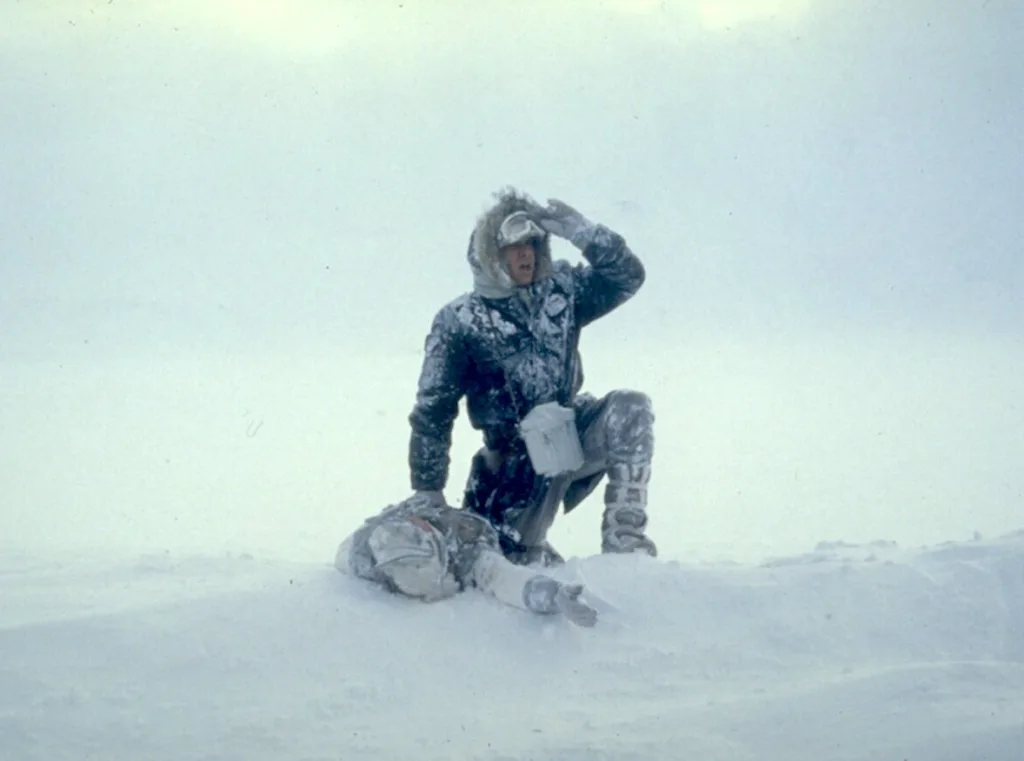The Arctic and outer space, two vastly different environments, share surprising similarities when it comes to isolation, hostile temperatures, logistics, and food crop testing. This blog post delves into these shared characteristics, shedding light on the challenges and opportunities they present.
Isolation
Isolation is a common feature of both the Arctic and outer space. In the Arctic, the sparse population and vast distances between communities create a sense of isolation. This isolation is further exacerbated by the harsh weather conditions, making travel and communication difficult. It’s not just about physical distance, but also the psychological impact of being cut off from the rest of the world for extended periods. Researchers and explorers in the Arctic often have to rely on limited resources and must be prepared to handle emergencies independently.
Similarly, astronauts in outer space experience extreme isolation. They are physically removed from the rest of humanity, with only their fellow crew members for company. NASA studies how this isolation and confinement can alter astronauts’ individual and team health and performance, and tests strategies to mitigate any negative effects. These strategies include maintaining regular communication with mission control and providing mental health support to astronauts.
Hostile Temperatures

The Arctic and outer space are both characterized by hostile temperatures. The Arctic is known for its extreme cold, with temperatures often dropping below -40 degrees Celsius. This extreme cold poses significant challenges for human habitation and logistics. Buildings must be specially designed to withstand the cold, and transportation can be difficult due to frozen waterways and icy roads. Furthermore, the cold can affect electronic equipment, necessitating special design and testing to ensure functionality in Arctic conditions.
In contrast, outer space is characterized by extreme temperature fluctuations. Without the Earth’s atmosphere to moderate temperature, objects in the shadow can be as cold as -170 degrees Celsius, while those in direct sunlight can reach temperatures of 120 degrees Celsius. These temperature extremes can be damaging to both equipment and human health. Microorganisms arriving in space without any protection are confronted with this extremely hostile environment, which can affect their survival and growth.
Logistics
Logistics in both the Arctic and outer space are complicated by the harsh conditions and isolation. In the Arctic, the warming temperatures are likely to allow more exploration for oil, gas, and minerals. This could have implications for logistics in the region, as new routes and infrastructure will be needed to support these activities. Cold weather testing has been a crucial aspect of ensuring equipment can function in these conditions. Additionally, the logistics of food and other supplies are a major concern, as the Arctic’s remote location and harsh weather can make transportation difficult.
In outer space, logistics involve the transportation of supplies from Earth to the International Space Station or other spacecraft. This includes everything from equipment for experiments to food for the astronauts. The cost of sending supplies to space is high, so there is a strong emphasis on reducing the weight and volume of cargo. Additionally, the timing of supply missions must be carefully planned to coincide with the orbits of spacecraft.
Testing Food Crops
Food crop testing is a critical aspect of survival in both the Arctic and outer space. In the Arctic, the cold climate poses challenges for traditional agriculture, necessitating the development of innovative farming techniques. Greenhouses, indoor vertical farms, and other controlled-environment agriculture techniques are being used to grow food in the Arctic. These methods allow for year-round production, independent of the harsh outdoor conditions.
Similarly, in outer space, conditions are demanding for plant growth. In 1997, NASA teamed up with AgriHouse and BioServe Space Technologies to design an experiment to test a soilless plant-growth system on board. This research is crucial for long-term space missions, where resupplying from Earth is not feasible. The ability to grow food in space could also have benefits for future space exploration, including potential missions to Mars.
In conclusion, while the Arctic and outer space are vastly different, they share key challenges related to isolation, hostile temperatures, logistics, and food crop testing. Understanding these challenges and developing innovative solutions is crucial for our future in these frontiers.
